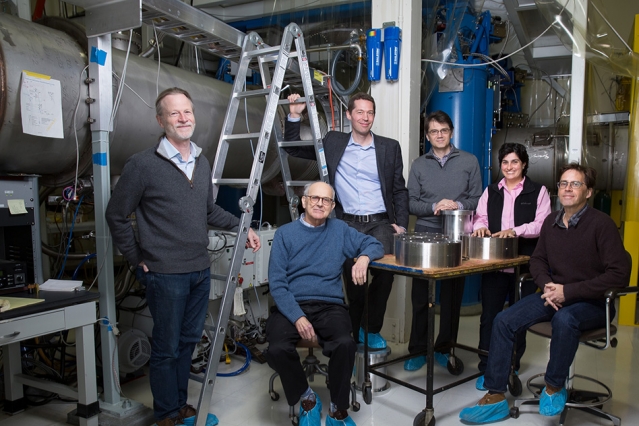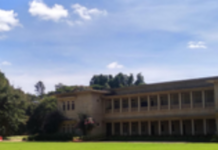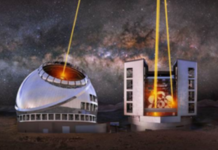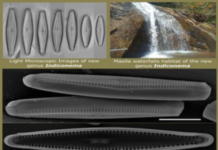
CAMBRIDGE, MA— MIT Professor Nergis Mavalvala, whose research focuses on interferometric Gravitational Waves and Quantum Measurement, played a role in the detection of Einstein’s gravitational waves announced earlier this week.
In a video, produced in 2010 when she was a MacArthur Fellow, Prof. Mavalvala explains the importance of gravitational waves. (Video courtesy: MacArthur Foundation)
“You can almost visualize it as if you dropped a rock on the surface of a pond, and the ripple goes out,” Nergis Malvalvala, the Curtis and Kathleen Marble Professor of Astrophysics at MIT, told MIT News this week. “[It’s] something that distorts the space time around it, and that distortion propagates outward and reaches us on Earth, hundreds of millions of years later.”
For the first time, scientists observed ripples in the fabric of spacetime called gravitational waves, arriving at the earth from a cataclysmic event in the distant universe. This confirms a major prediction of Albert Einstein’s 1915 general theory of relativity and opens an unprecedented new window onto the cosmos, the Laser Interferometer Gravitational-Wave Observatory, said in a statement.
Another video explaining gravitational waves:














